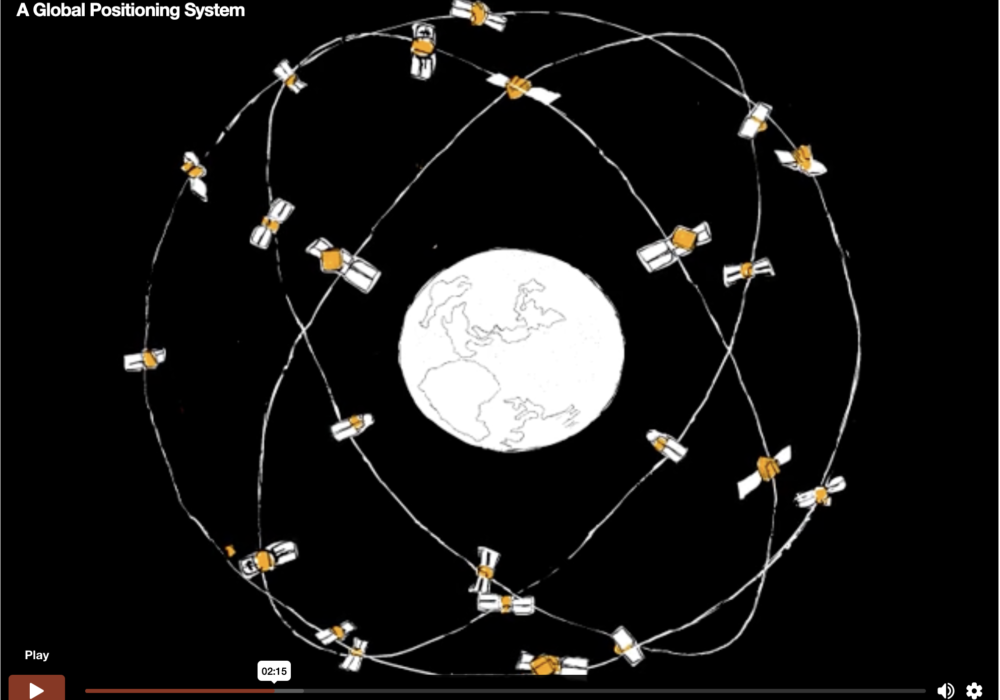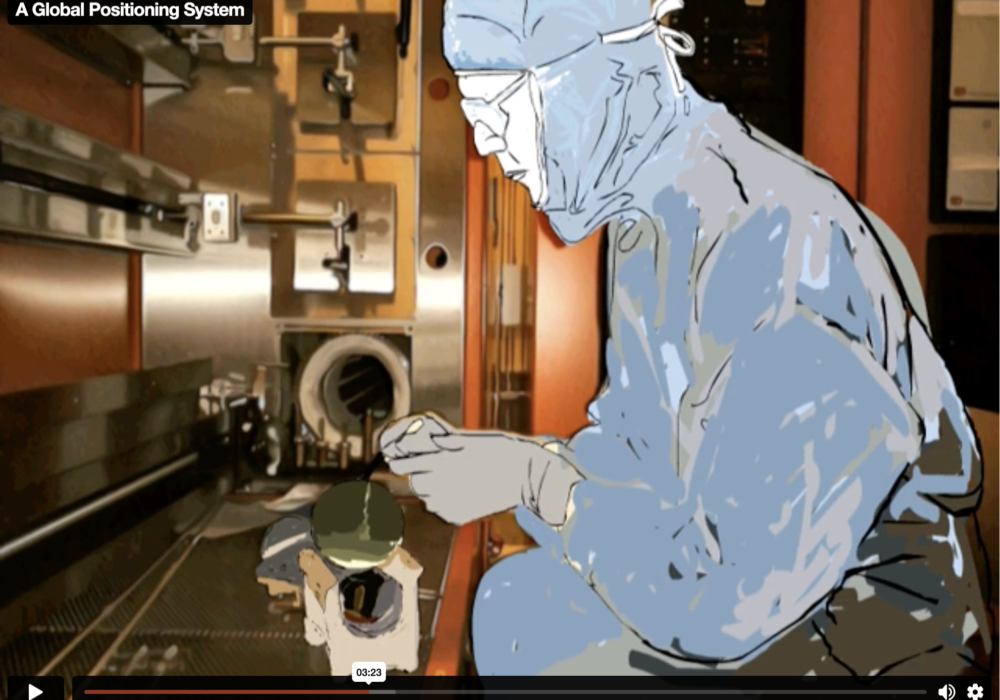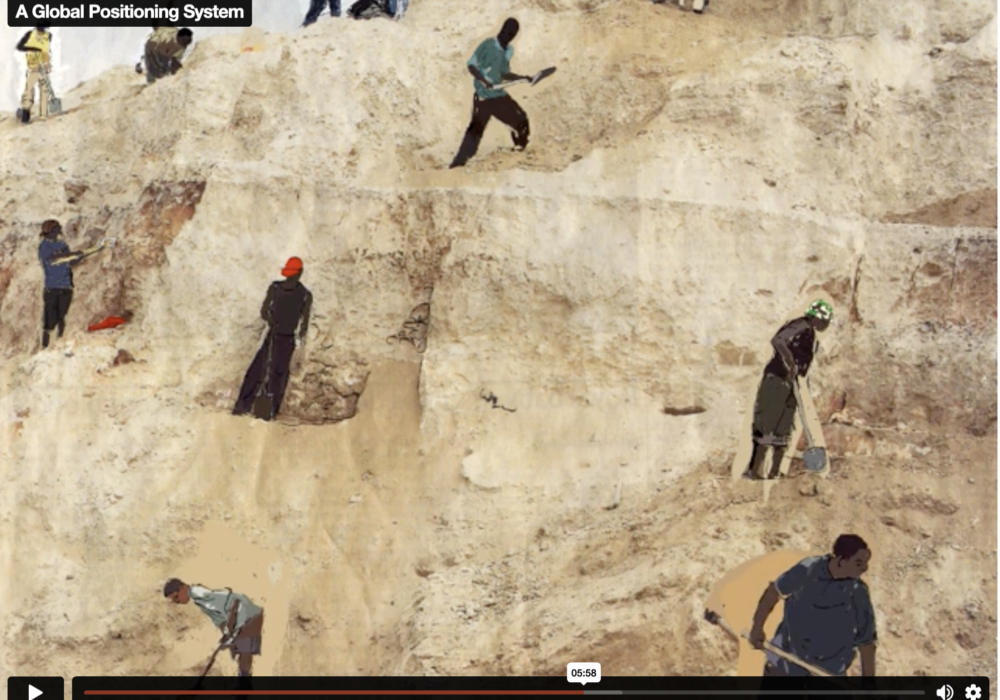

followthethings.com
Electronics
“A Gadget To Die For“
Front page headline and feature story in by Martin Hickman in the Independent Newspaper, plus a timeline of corporate and activist activity into which this story fits.
Front page featured above. The full text of the article is available below, and on the newspaper website here.
On May 27th 2010, the UK’s Independent newspaper published one of its most memorable front pages. This was the day that Apple’s new iPad device was being launched in the UK. The hype for this product had been extreme. At its launch, Apple CEO Steve Jobs had said it could help consumers to do things ‘in a much more intimate, intuitive and fun way than ever before’. Classic commodity fetishism! Apple Stores had so many orders that they had to meet. The factory where they were being made in China – owned by the Foxconn corporation – had to keep up with demand. Those customers couldn’t be kept waiting. But the hours and working conditions that the people making these iPads in Foxconn’s factory had to endure were too much for some. Reports started to emerge of extreme levels of stress driving some workers to make their way to the roof of the factory to jump to their deaths. One of these workers was Ma Xiangqian, whose family carried a photo portrait of their son to a protest outside the factory that was broadcast on international news. Juxtaposing a photo of this new device and photo of a worker who committed suicide with the perfect double-meaning title ‘A gadget to die for’ contributed to the sullying of Apple’s marketing plans. More importantly, it was just one example of the sustained attention to the working conditions in the company’s Foxconn factories in China that was building at this time (e.g. see the factory worker suicide prevention level on the Phone Story game here). On followthethings.com, we tend to choose individual examples of trade justice activism and find out where they came from, and what impacts they have had on, for example, the pay and conditions of supply chain workers. But in this case, it’s not just this one story that made a difference. This page outlines a different story. The Independent story is copied in full, and is followed – like a standard followthethings.com page – by everything we could find about how it was discussed and what impact it had (not much). Then, below this, we try to place this news story in context, starting with the launch of the iPad by Apple CEO Steve Jobs, then following iPad news stories as they were published over the following months, then finding when and how the ‘iPad suicide’ story came to public attention (in the Independent and elsewhere), and then tracking this scandal and Apple’s reactions to it. This larger context had an important impact, forcing corporate change and – arguably – improving pay and conditions in Foxconn factories. More than anything, this page tries to show how trade justice activism works when its bubbles up in multiple places and formats, not necessarily in a wholly coordinated way. For this example, it shows the importance of on-the-ground student activists – in this case the Hong Kong based Students & Scholars Against Corporate Misbehaviour (SACOM) – investigating, protesting, creating and promoting media content that others – like Independent journalists Martin Hickman – can pick up and run with.
Article reference: Martin Hickman (2010) A gadget to die for? Concern over human cost overshadows iPad launch. The Independent 27 May (www.independent.co.uk/news/world/asia/concern-over-human-cost-overshadows-ipad-launch-1983888.html last accessed 4 August 2010)
Page reference: Ian Cook et al (2024) A gadget to die for? followthethings.com/a-gadget-to-die-for.shtml (last accessed <insert date here>)
Estimated reading time: 42 minutes.
Continue reading A Gadget To Die For ![]()




